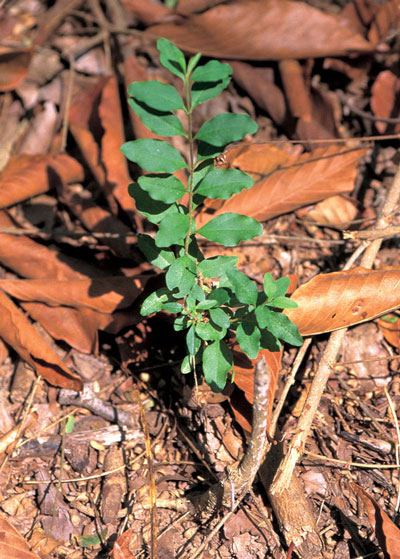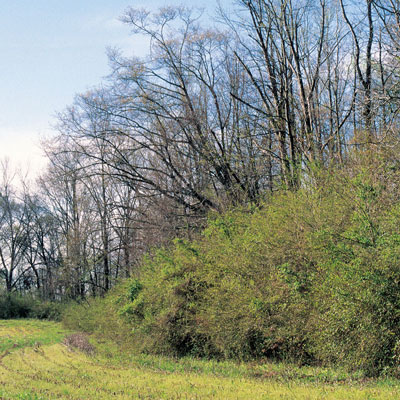Most Invasive Shrub in Texas
I spent countless hours as a teenager pruning 40 or 50 feet of privet hedge between our house and the Hoffmans. They were great friends, but it provided privacy before people used fences. It was cheap. You could buy bundles of seedlings for a dollar or two, and that would be enough to plant an entire row.
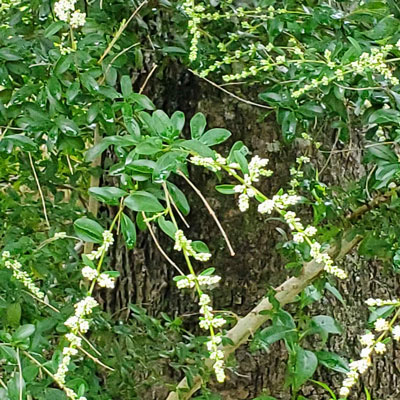
The difference back then was that we pruned privet at 4 feet. It was never allowed to grow to full size. It blooms in the spring (right now), but any fruit that formed on our plants was almost immediately trimmed off. As a result, you didn’t often see seedlings coming up in woodlands, at least not where I hiked.
Oh, how that has changed! This plant has become garishly invasive all across the Southeast and beyond. It has invaded native wooded areas and crowded out almost all vegetation. Birds feast on its fruit and plant it abundantly.
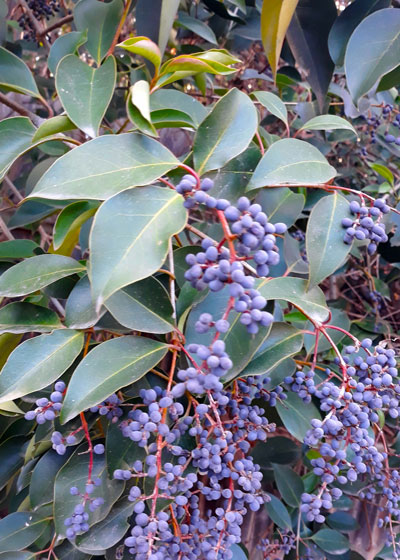
We have several acres of heavily forested land around our home, and Chinese privet and its sister, glossy privet (which I grew up calling Japanese ligustrum – naming of the ligustrums can be very confusing) have become a nightmare. These plants have invaded streambeds and abandoned properties down the road from our house, and they have become the seed source for the invasion.
I tend to be slightly conservative on my views of “invasive” plants. What may be invasive in one part of Texas may not be invasive in another. But this plant seems capable of invading just about anywhere as long as it has moisture.
All of which is to say that we really do not want to encourage either Chinese privet or glossy privet in our landscapes. If you see seedlings, dig or hoe them out. If you have existing plants and if there is any reason to remove them, by all means do so.
If existing plants are too large to remove roots and all, cut them off at the ground. Drill holes into the stumps, and pour a broadleafed weedkiller containing 2,4-D at full strength into the “reservoir” holes you have made. Let it soak into the stumps. It will be carried out through the roots, killing them and preventing them from resprouting.
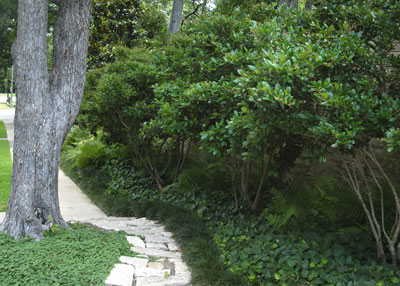
Note: The popular waxleaf ligustrum (Ligustrum japonicum ‘Texanum’) does not produce viable seeds, so it does not share the invasive nature. And variegated white privet does not normally bloom, so unless it mutates back to the green form, it should not be a problem. Sunshine (bright yellow) ligustrum, similarly, will not produce fruit.



